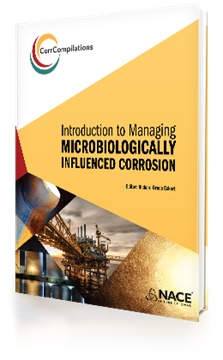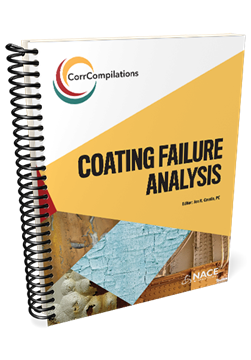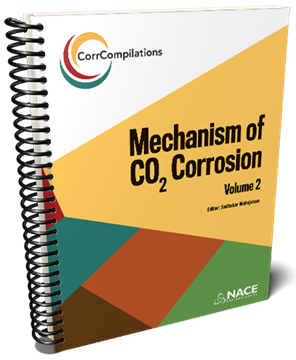The Corrosion of Duplex Stainless Steels: A Practical Guide for Engineers
CorrCompilations: Introduction to Corrosion Management of Microbiologically Influenced Corrosion (e-book)
CorrCompilations: Coating Failure Analysis (E-book)
This CorrCompilation provides various approaches to be used in protective coating failure analysis. Both general and industry-specific topics are discussed.
The papers are written in clear technical language and contain timely guidance for diagnosing protective coatings failures in today's industries.
This e-book is available as a mobi file. The mobi is a common e-book format that can be opened by many e-book readers, though AMPP suggests Kindle for optimized viewing. The Kindle app is available for free on Amazon for iOS (Apple devices), Android devices, MACs, and PCs at https://www.amazon.com/kindleapps
Once you download your e-books, they will automatically open in your Kindle app. To find your book in the future, open the app and click on library. This is where all your future AMPP e-books (and all your other mobi e-books) will appear, in your personalized library.
2017 NACE




